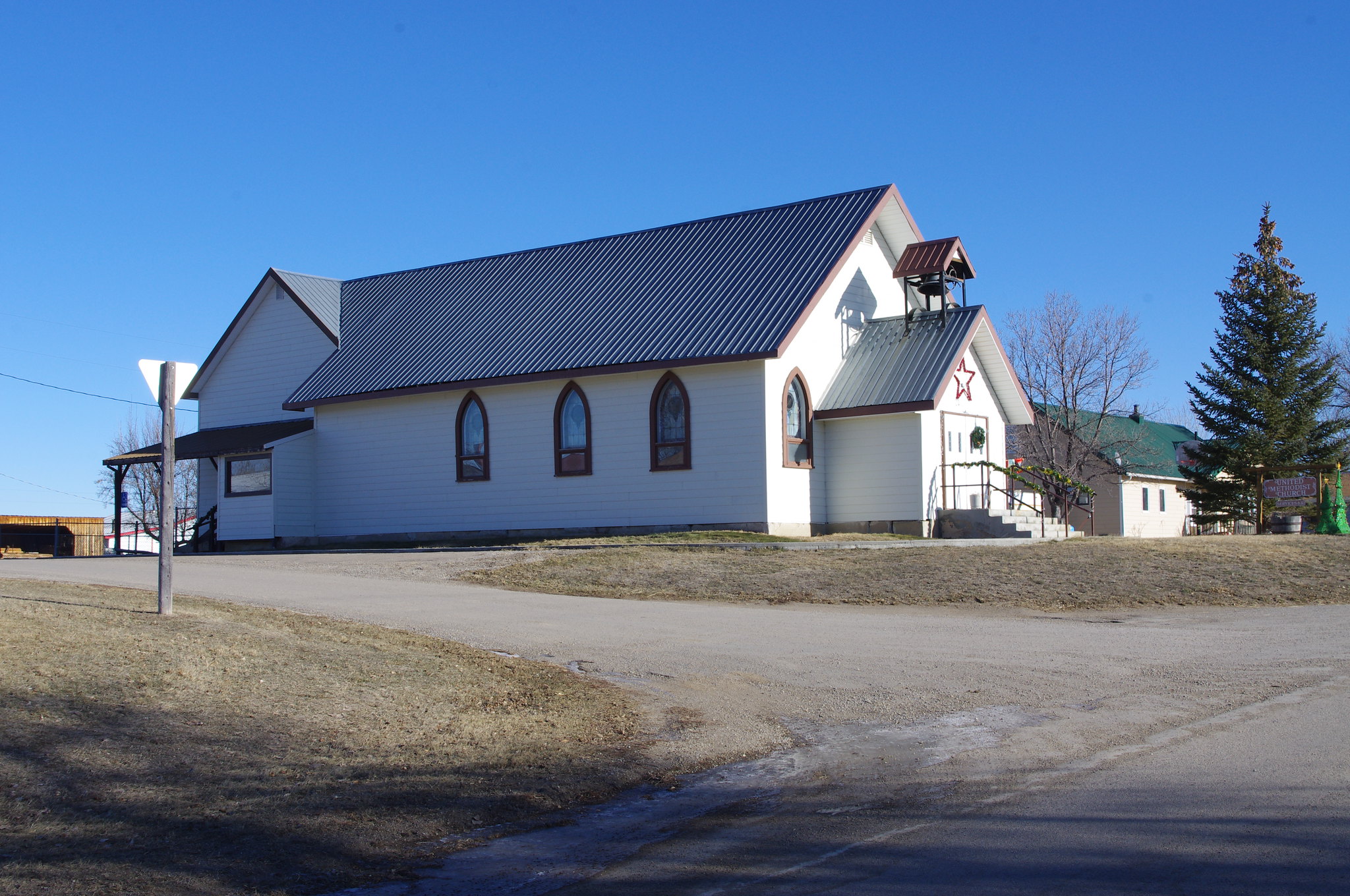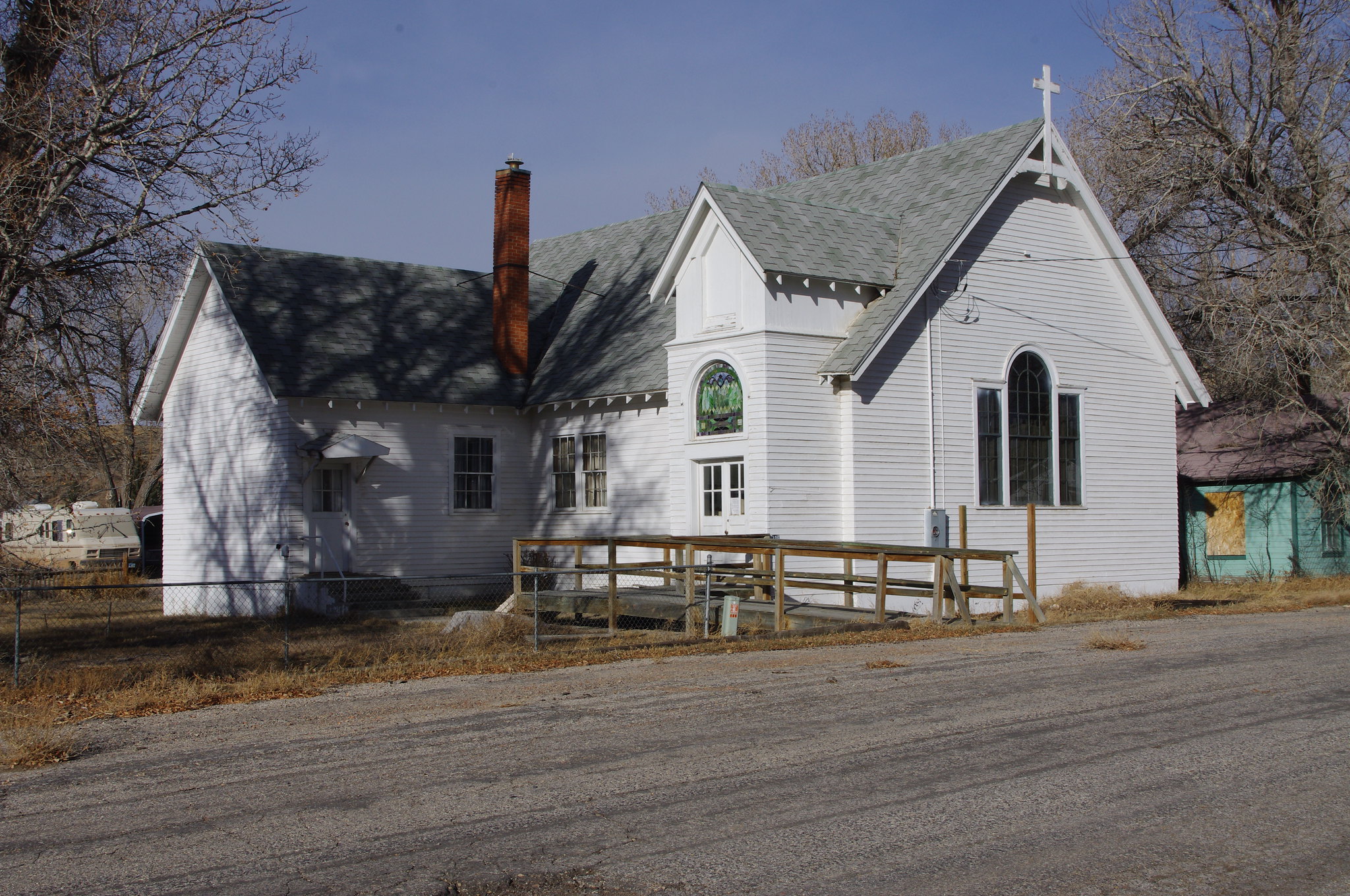This spectacular depiction of a rodeo horse at the University of Wyoming does in fact depict Steamboat. And it might also depict what lead to the first athletic symbol for UW and the therefore also the license plate symbol. . . . maybe.
Well, everyone knows that.
But is it?
A photograph of the last model of Wyoming's license plate. This plate is being replaced by a new one, but that one will also feature Steamboat.
Not so fast there, buckaroo.
Let's start off by admitting that
Steamboat was one heck of a rodeo horse. There's no doubt about it. Steamboat was great. So great that I'd post a photograph of the real Steamboat but all the existing on line photos of the horse are closely guarded by copyright claims, so I won't. But he was fine roughstock, to be sure.
But he wasn't the first horse to be used as a symbol for Wyoming. And not even the first bucking horse.
That horse would be Red Wing. And here's where the tale grows complicated.
Red Wing was a privately owned horse that hailed from Montana but was brought into military service by Sgt. George N. Ostrom of the Wyoming National Guard. Ostrom, who was a bugler with the Wyoming National Guard and who had already seen service in the "border war", purchased the horse on the Crow Reservation in southern Montana, although its unclear to me if he purchased it privately or if he purchased it with the intent of it being accepted as a Remount. I suspect he did the latter as he worked with Army Horse Purchasing Officer Chester Cotton of the Army's Remount station in Sheridan Wyoming to take the horse into Army service. The accounts I've seen (and their may be others) are quite unclear on this, but that's likely because the authors aren't hugely familiar with the Remount system of the day. Chances are high that Guardsman Sgt. Ostrom was detailed to acquire horses for Remounts for the Wyoming National Guard, or perhaps more specifically the 3rd Regiment Wyoming National Guard. Even though the unit was an infantry unit at the time (it would become part of the 148th Field Artillery Regiment that September) it would have required a fair number of horses as even infantry units of that era had a substantial number of Remounts.

Ostrom was a talented illustrator. He drew this depiction of a New Mexican town while stationed in Deming, New Mexico, with the Wyoming National Guard.
Sgt Ostrom worked with Cotton (who may or may not have been a Guardsmen as well) to take Red Wing into service, which isn't really all that remarkable as a large number of horses were being purchased at the time and a lot of them were fairly rank. The horse was then shipped at some point to Ft. D. A. Russell and then chosen by Major Louabaugh of the Wyoming National Guard as his personal mount. Maj. Louabaugh had the bad misfortune, however, of being mounted on Red Wing when the horse encountered two bears brought into the unit as mascots (an oddly common thing at the time), the bears having been brought out on the parade ground. As horses do not approve of bears, Red Wing blew up with Maj. Loubaugh mounted on him. Apparently Cotton went with the horses to Ft. Russell as at that point Ostrom and Cotton were given the task of finishing the horse. The horse must have retained some fairly rank qualities at the time as it bucked with Cotton fairly spectacularly during this process.
Red Wing survived the First World War and made it all the way over to France to serve with the 148th. He didn't come back, however, as he was retired to a stable in France. Horses being what they are, it's unlikely he appreciated the equine odyssey that he experienced, nor is it likely that he was ever aware that his fame would decline in comparison with Steamboat, who pretty much stayed in Wyoming.
At any rate, when the Army began to approve of the policy of units adopting unit symbols, the memory of Cotton on Red Wing was fresh and Ostrom designed a symbol featuring the two of them for submission to a contest for such a symbol for the unit. It won.
The unit insignia, as displayed at the Wyoming Veterans Museum in Casper.
The story of unit patches in the Great War has become a little skewed,
unfortunately, and is confusing in any event. It would not have been
the case, I should note, that this symbol ended up getting sewn on every
Wyoming doughboys shoulder.
I sometimes manage to really screw up a photograph, such as this one. I didn't have this one anywhere close to being properly aligned. Anyhow,t he top image is what was adopted as the shoulder insignia, although these really wouldn't have been added until after World War One. the bottom one is the image that was painted on vehicles and equipment. . . . or maybe not, note that this Wyoming "artifact", a US M1917 helmet has the equipment insignia painted on it:
M1917 Helmet.
In fact, for the most part, unit insignia didn't get widely used until just after the shooting stopped. But at that
point it went on to a pile of things, and
it was already on a lot of equipment by the war's end. Because standardization was in a state of flux at the time, not every application was as uniform as the item above would suggest, but that it went on to a lot of things cannot be doubted.
Very nice example of National Guard collar insignia, which we'll throw in for the sake of completeness, from this period in
the upper left, and a subdued chevron on the right. Subdued chevrons
would be a feature of the uniform all the way into the early Vietnam War
but rank structure for enlisted men constantly changed. This insignia
hearkens back to the 19th Century with its bugler specialty device and
would pass into history before World War Two.
So, the troops came home and it ended up on license plats, making Steamboat just a horsey fraud, right?
Well no.
Steamboat was a legendary rodeo horse, as already noted, prior to World War One. He's remembered in a charming fashion now, but he was flat out rank. One story is that he got his name to the vapor coming from his snorting nostrils, something that anyone who has been around a really hot, and I mean agitated, horse on a cold day has seen.
Steamboat entered the rodeo circuit early in the 20th Century and was widely photographed. Given that, when the University of Wyoming went to adopt a symbol for its athletic program, photos of the rank bronc were easy to find. It seems to be the case that UW athletic equipment manager Deane Hunton,
used a photo of Guy Holt, maybe, riding him when he went to adapt a symbol for athletic uniforms in the 1920, although the identify of the rider is disputed, and some claim the rider is a composite of the many riders photographed attempting to ride Steamboat.
A display at Wyoming State History Day featuring a University of Wyoming football helmet, which prominently features Steamboat.
In 1936 Wyoming put the symbol on its license plates, which sparked a controversy that was hot at the time and is still lukewarm now. Veterans of the Wyoming National Guard from World War One felt their symbol had been stolen. UW hotly denied that it had appropriated Red Wing and defended the symbol as Steamboat. For that matter, a World War One pilot who had painted a very similar symbol on his fighter plane during the Great War maintained that the symbol was really his.
In the end, however, it seems clear that the horse on everything Wyoming, except military stuff, somewhat, is Steamboat. The rider? Who knows. Not that Red Wing has been completely forgotten. He seems to have probably been the horse that lived on symbolically to re-adorn Wyoming Army National Guard equipment during the Korean War, or maybe not.
Steamboat? Probably Red Wing. Or maybe not.
On the other hand, the Wyoming Army National Guard, right about the same time, went to a different horse and rider symbol, recalling a different lineage, that of the 3d U.S. Volunteer Cavalry during the Spanish American War. The blue and yellow patch symbolized a cavalry heritage that the Wyoming Army National Guard had after World War One through the early 1950s (loosing its horses in 1943 or so), but which it could legitimately track back to the volunteer cavalrymen of the Spanish American War.
That symbol, however, has yielded to a degree to a new one for most Wyoming Army National Guardsmen. Steamboat again? Almost certainly.
Symbols of the state. The buffalo inside our state flag surrounding its image that's in the state flag, and the state flag superimposed on Steamboat.
And indeed, Steamboat was always a unique image and has become totally ascendant. Its the state's most recognizable symbol, only rivaled, and not effectively, by the buffalo that appears in the center of the state's flag and, oddly, by "307", the state's area code that strangely adorns all sort of stickers now.
Red Wing or Steamboat, or none of the above. The symbol adopted by Pendleton whisky, maybe the last somewhat clear example of a bucking horse symbol that isn't Steamboat, but then its not from Wyoming.











































